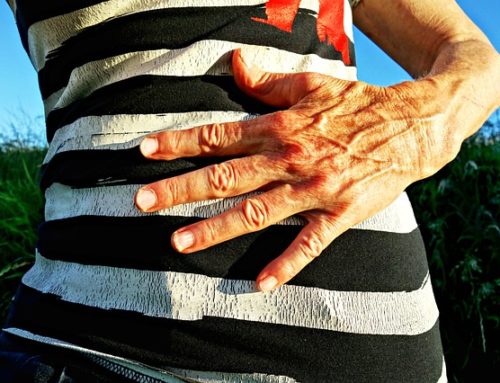 Espina Chiropractic Clinic offers dry needling as part of standard Chiropractic treatments or for those who are simply interested in exclusive dry needling treatments. But what is dry needling, what does it aim to achieve and how could it benefit you?
Espina Chiropractic Clinic offers dry needling as part of standard Chiropractic treatments or for those who are simply interested in exclusive dry needling treatments. But what is dry needling, what does it aim to achieve and how could it benefit you?
Dry needling uses acupuncture needles for the treatment of muscle pain. It is important however to stress that the treatment itself is not based on Chinese acupuncture but instead originated in 1979 from Czech physician Karel Lewit. Lewit noticed that the improvement in myofascial pain was not necessarily linked to the injection of analgesics into the muscle, but more by the action of the needle itself. As such, dry needling was born. Since then a number of different techniques have been developed around dry needling and these have been incorporated into treatments by not only Chiropractors but also GPs, Physiotherapists and Osteopaths.
Dry needling of myofascial trigger points results in a local twitch response which is an involuntary reflex within the muscle fibers of the taut muscle. This local twitch response is thought to facilitate the success of the treatment by activating endogenous opioids within the body which act faster and longer than if injected (Baldry et al, 2001).
Myofascial pain is a syndrome involving chronic pain of trigger points and fascial constrictions. Whilst massage works well to reduce these restrictions dry needling effectively eliminates these areas of discomfort and pain and once combined with Chiropractic, trigger-point massage and rehabilitation, the lasting effects are further improved.
Our Oxfordshire Chiropractor, Dan Ruby, is qualified in the use of dry needling and where necessary will discuss this as an option for your treatment. Rest assured however that your health is in your hands and all decisions made with Espina Chiropractic Clinic are done so with your full cooperation to ensure your treatments are perfectly tailored to suit your needs.
If you would like to find out more about dry needling or any of the treatment options available at Espina Chiropractic Clinic, please contact us at info@espina.co.uk or call 01235 410708.
Reference: Baldry, Peter; Yunus, Muhammad B.; Inanici, Fatma (2001). Myofascial pain and fibromyalgia syndromes: a clinical guide to diagnosis and management. Elsevier Health Sciences. p. 36. ISBN 0443070032







